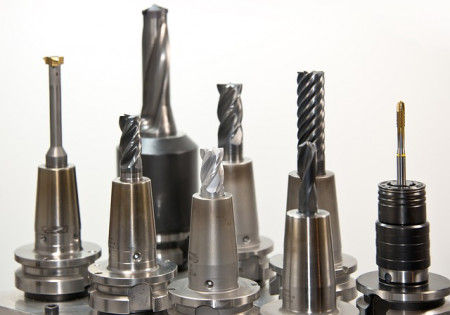Tips on fixing your new personalised number plates
In your excitement at the prospect of receiving the physical copies of your personalised number plates, you may not have given much thought at the installation process. After all, you can just ask the number plate supplier to install it for you. However, if you’re the hands on type, or if you just want to develop a non-critical skillset, you’re in luck! We’ve compiled below several tips that will make you a pro at installing number plates on vehicles.

1. Make sure the number plate is spotless
Back in the day, vehicle number plates were affixed by drilling holes in the plates and screwing them into the area just above the bumper. At times, you can even use self-tapping screws, dispensing the need for drills. However, careless drilling could result in a slightly tilted or an unevenly-positioned number plate. These days, car manufacturers have simplified the installation process. Pre-drilled holes on the plate and car means you can just screw in the plate with very little effort. Nevertheless, you may need some additional support to keep the plate in place, typically in the form of double sided tapes. This is where the cleaning portion comes in. You need the clean the receptacle to remove caked dirt and any other foreign matter from the area to ensure the double sided tape will stick on securely and evenly.
2. Use the old plate as a mould
Don’t guess the drilling spots on your plates and run the risk of creating unevenly aligned holes. Take the smart approach. Find a flat and even surface and stack up your old number plate on top of the new one. Aligned the borders and then, using a pencil or fluorescent pen, mark the four drilling locations using the existing screw holes in the old plate. That’s it, you’re done. Now can you confidently use your drill to drill a hole in the new number plate.
3. Using a drill
The most important thing to remember is, do not drill from the front surface of the number plate. It could create scratches and chipped edges which could affect the retroreflective surface of the acrylic number plate. The small degradation in visibility might not impact visibility during the day, but it might reduce the retroreflectivity of the plate in low lighting condition. In addition, it’s a good idea to dab the drill head with a damp tissue before drilling each holes. This will prevent the drill tip from overheating and causing tiny cracks around the borders of the holes.
Finally, once you have fixed the plate to the car, press several locations on the plate with a finger to see if there are any instability. If there are, unwind the screws and use the double side we spoke of earlier to even out the surface.
And you’re done! Now isn’t that easy!
